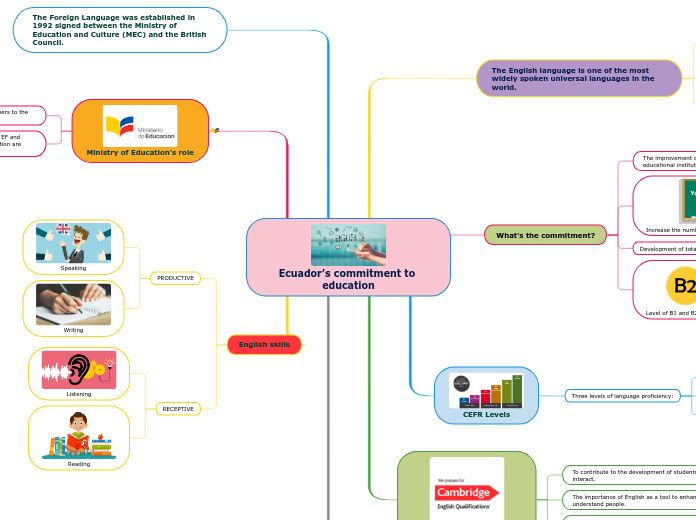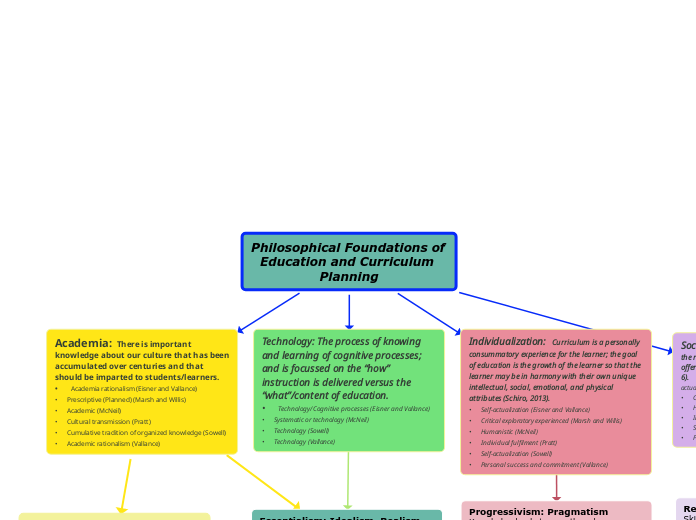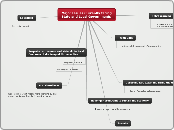作者:FERNANDA SALOME CABEZAS PE�AFIEL 4 年以前
791
Ecuador’s commitment to education
Ecuador has shown a strong commitment to enhancing its education system, particularly in the realm of English language instruction. This initiative began in 1992 with the collaboration between the Ministry of Education and Culture and the British Council to establish English as a foreign language in the curriculum.









